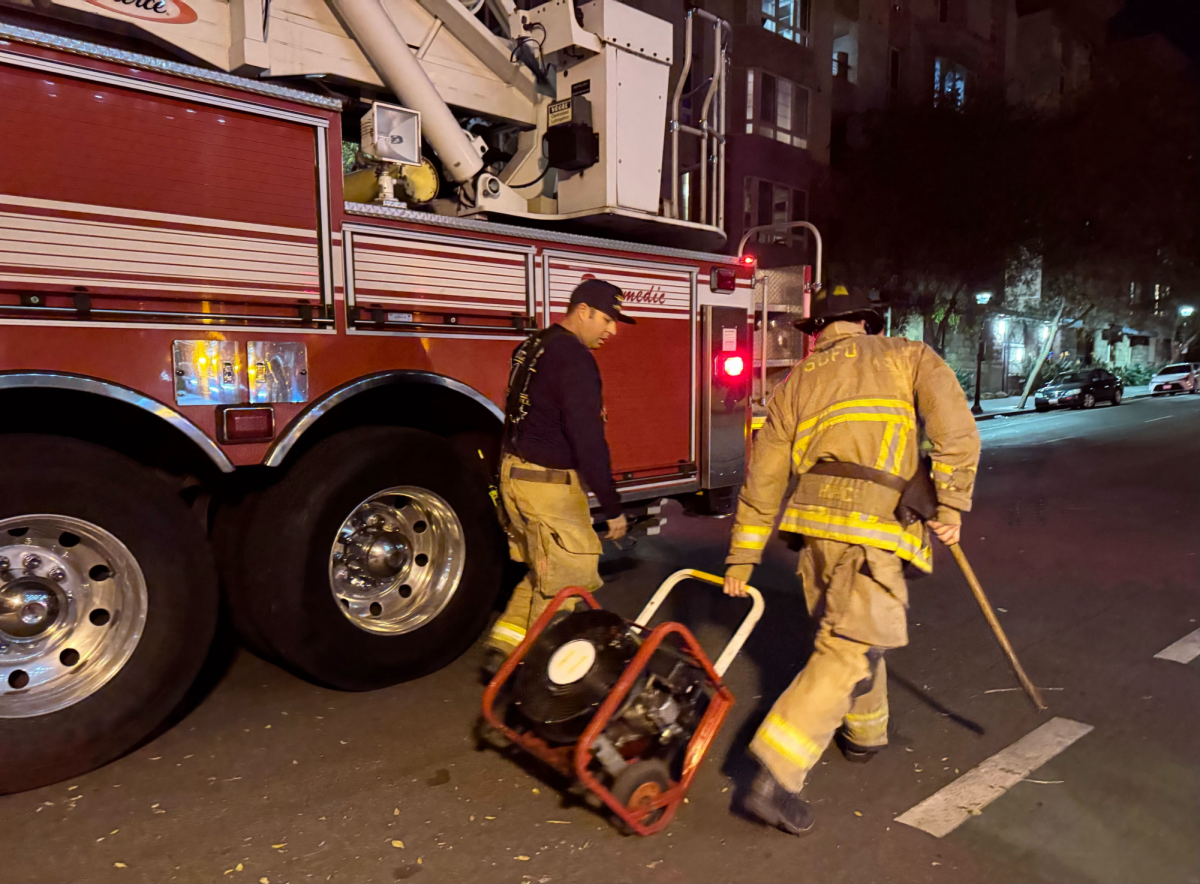Mayumi Kimura
City Times
She knew something was wrong. Over the past year, the pinpoint-sized freckle on the back of her leg had changed. One side of it had become darker and it was sensitive to the touch. She made an appointment with her dermatologist right away.
In the exam room, the urgency of her doctor’s voice alarmed her. She was near tears when he told her that it needed to be removed right away.
It took two injections of anesthesia and a cookie-cutter-looking contraption to punch a hole the size of a pencil top out of her skin and be rushed to the lab.
The results were in: it was cancer.
At 24 years old, Karla Lopez, student of San Diego City College, was diagnosed with malignant melanoma cancer, the deadliest of all skin cancers.
Now cancer-free, Lopez urges students to practice safe tanning and regular self-examination.
In the past, skin cancer had been associated with people over the age of 50, but according to the American Cancer Society, from the mid-1970s to the late 1990s melanoma, the most deadly of the skin cancers, has risen 60.5 percent for women ages 15-29. For men of the same period and age group it rose 26.7 percent. Overall, roughly 1 in 5 Americans will develop skin cancer in their lifetime.
Many doctors believe that the rise is due to the popularity of tanning salons and more time spent in the sun. This is particularly true for young women and teenage girls living in California where being bronze is a fashion statement.
After two years of visiting the tanning salon weekly, Brittany Leitz, Miss Maryland 2006, noticed an unusual mole on her back. Two weeks later, when the mole began oozing blood, she knew she had to get to the dermatologist. Leitz was diagnosed with stage-two melanoma skin cancer at the age of 20.
Over the course of four years and 27 surgeries later, her cancer finally went into recession. Leitz is now an advocate of healthy sun practice; especially for young girls.
“The main problem with melanoma – there are no symptoms until it is too late. And by that I mean you don’t know you have it until your organs fail and you have only months or days to live,” Leitz said in an interview with www.blogforbeauty.com.
Melanoma, which can spread through the lymph system and blood, can be extremely painful to remove. People under 35 who visit tanning salons often increase their risk of developing melanoma skin cancer by 98 percent, according to research by The Queensland Institute of Medical Research. However, according to the International Smart Tan Network, an organization that promotes responsible, healthy skincare regimes, “exposure to UVB presented in sunshine and in most tanning beds is the body’s natural way to produce vitamin D, accounting for 90 percent of vitamin D production.”
Vitamin D is essential in absorbing calcium and helps harden bones. It is estimated that 30 percent of teens are Vitamin D deficient. Milk fortified with Vitamin D is just not enough; they need sunshine.
Most salons in California only allow their clients in their tanning beds for 15 minutes at a time. And prior to any visit all clients are asked to fill out a questionnaire about their medical history.
“If the clients have any issues that could put them at a higher risk, like whether they burn easily or have a family history of skin cancer, we advise against (tanning) in the beds and give them other options such as Mystic Tan,” said San Diego City College student, Kristina Long, who has worked at tanning salons for over 4 years.
“People need to be smart about it. It’s not the tanning salon, it’s the person’s responsibility,” Long said.
It is estimated that more than one million Americans are diagnosed with skin cancer every year. Because it is preventable, moderation and body awareness is the key when it comes to tanning.
For more information on how to protect yourself from skin cancer, visit the website for California Department of Public Health at http://www.dhs.ca.gov.







